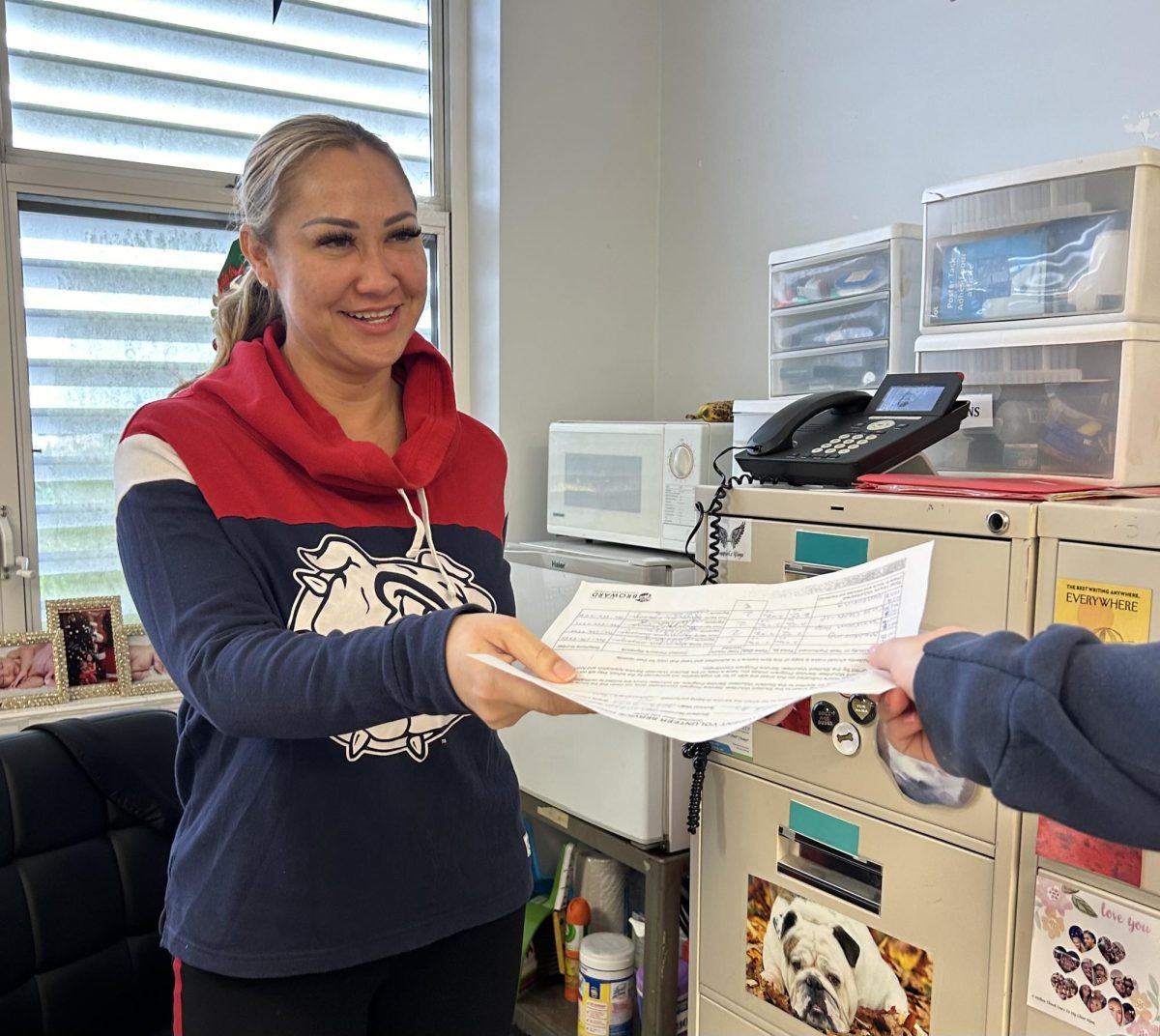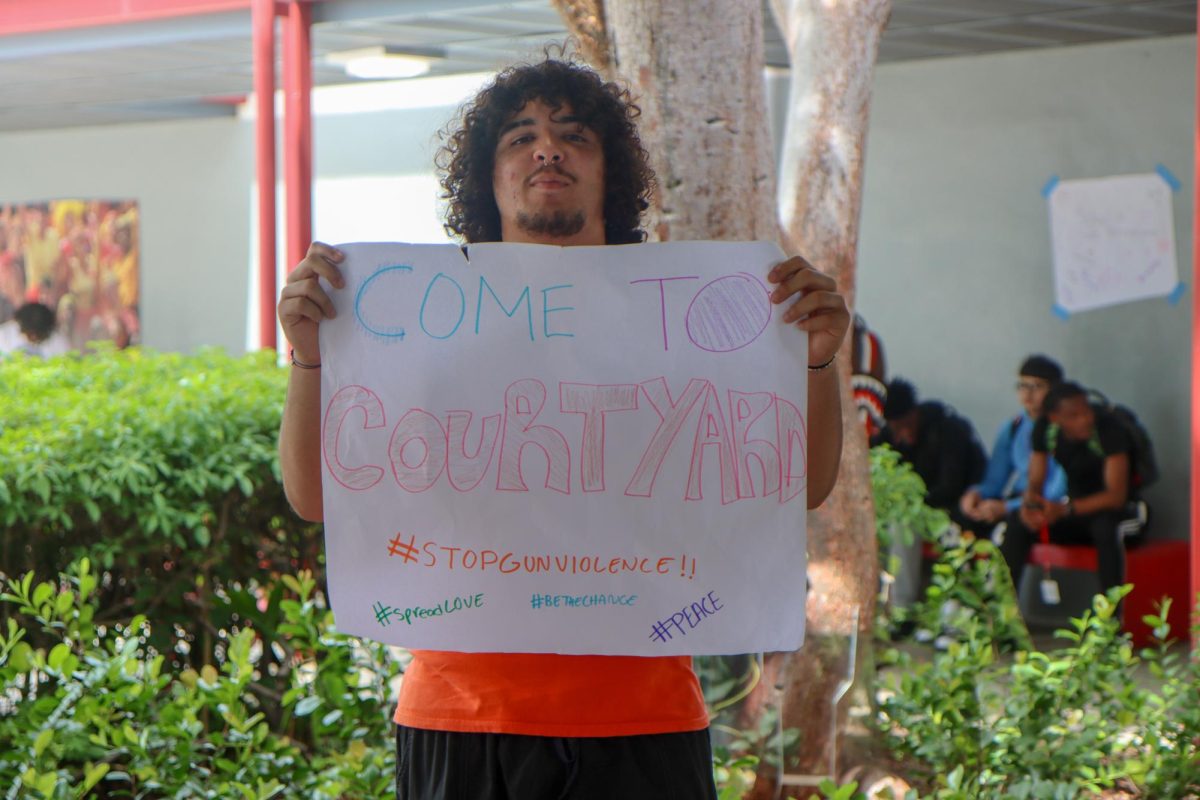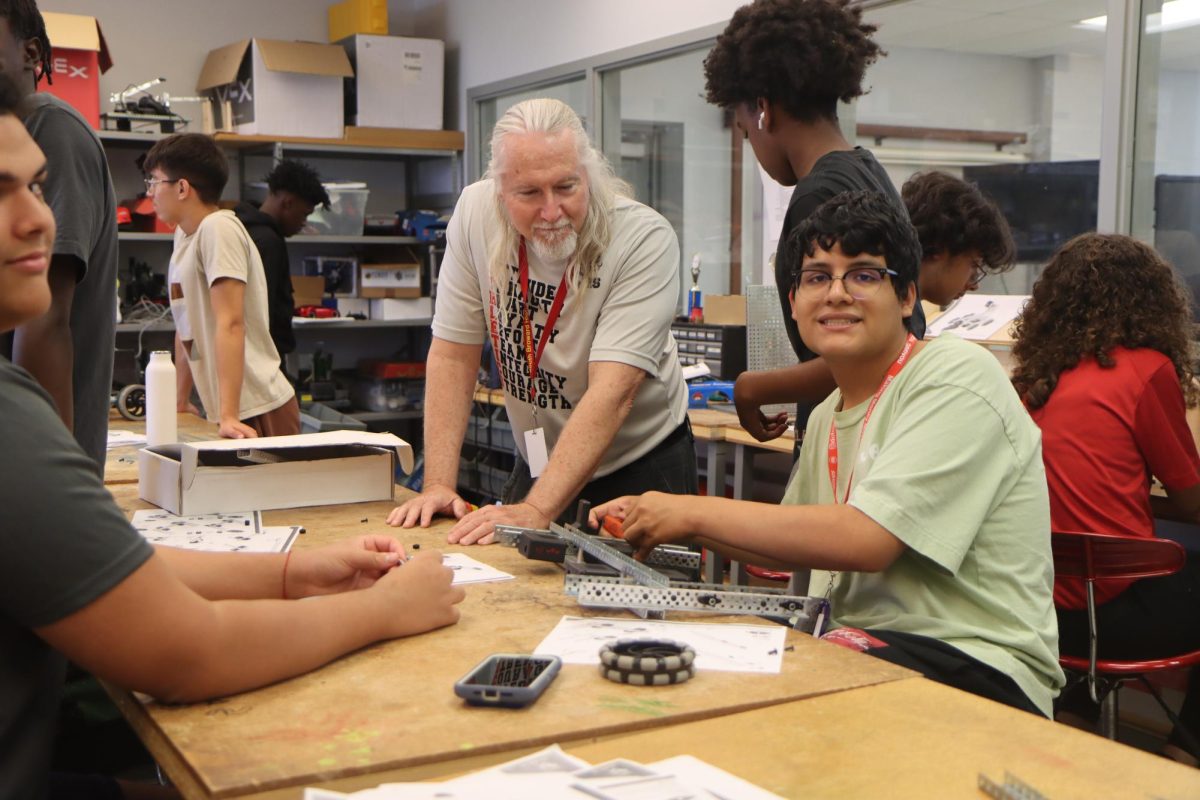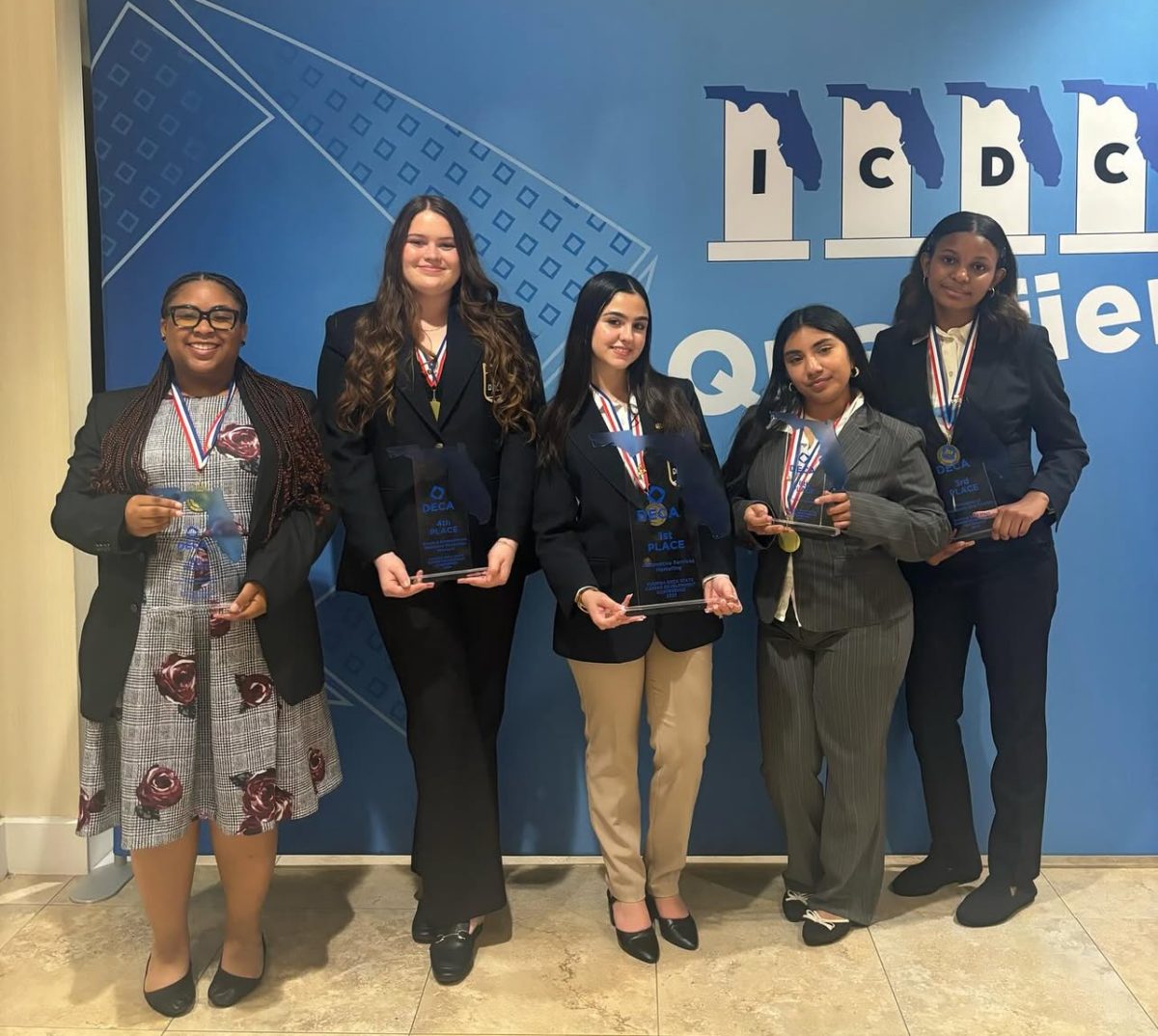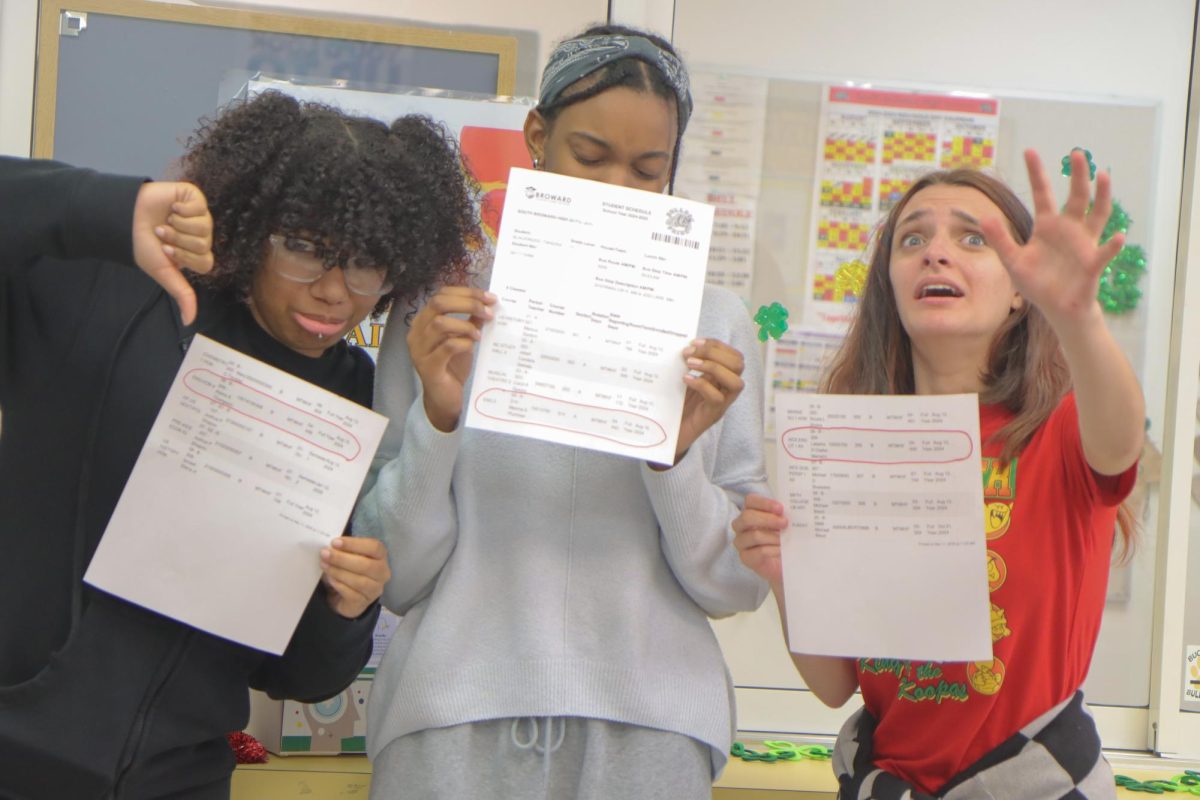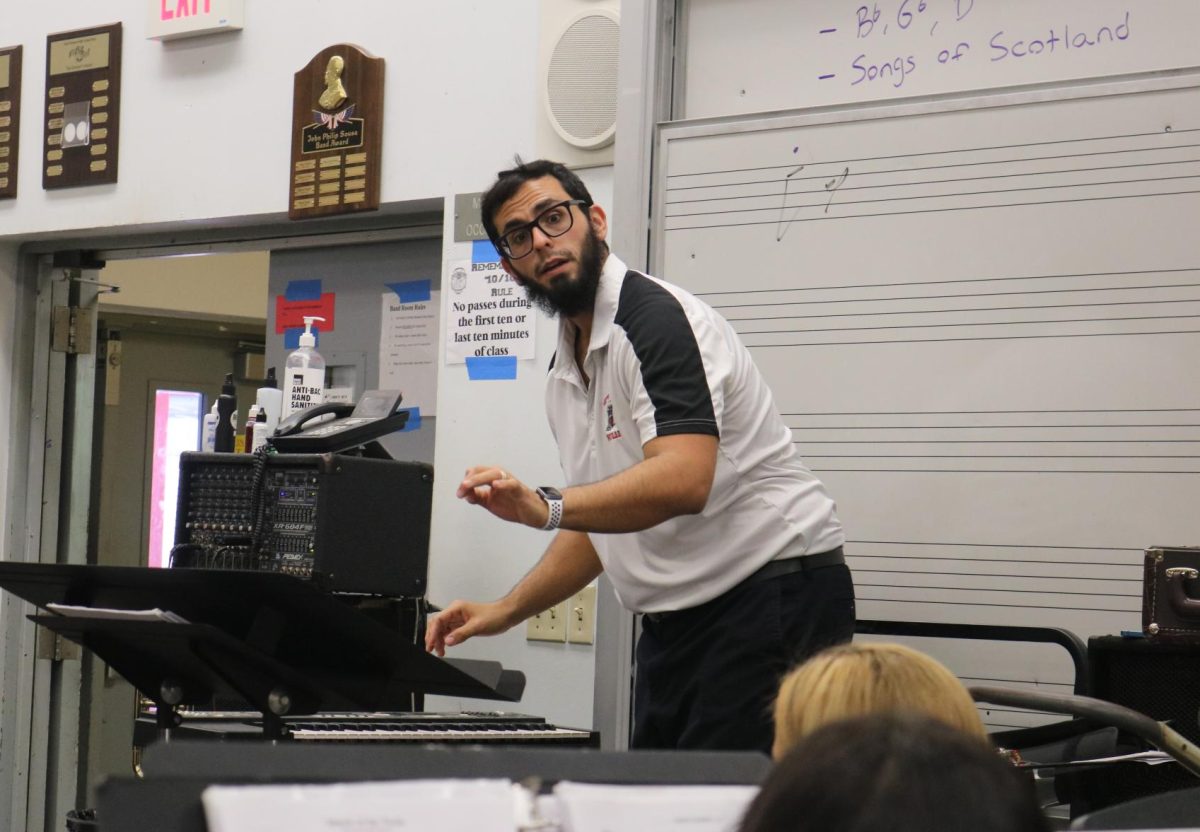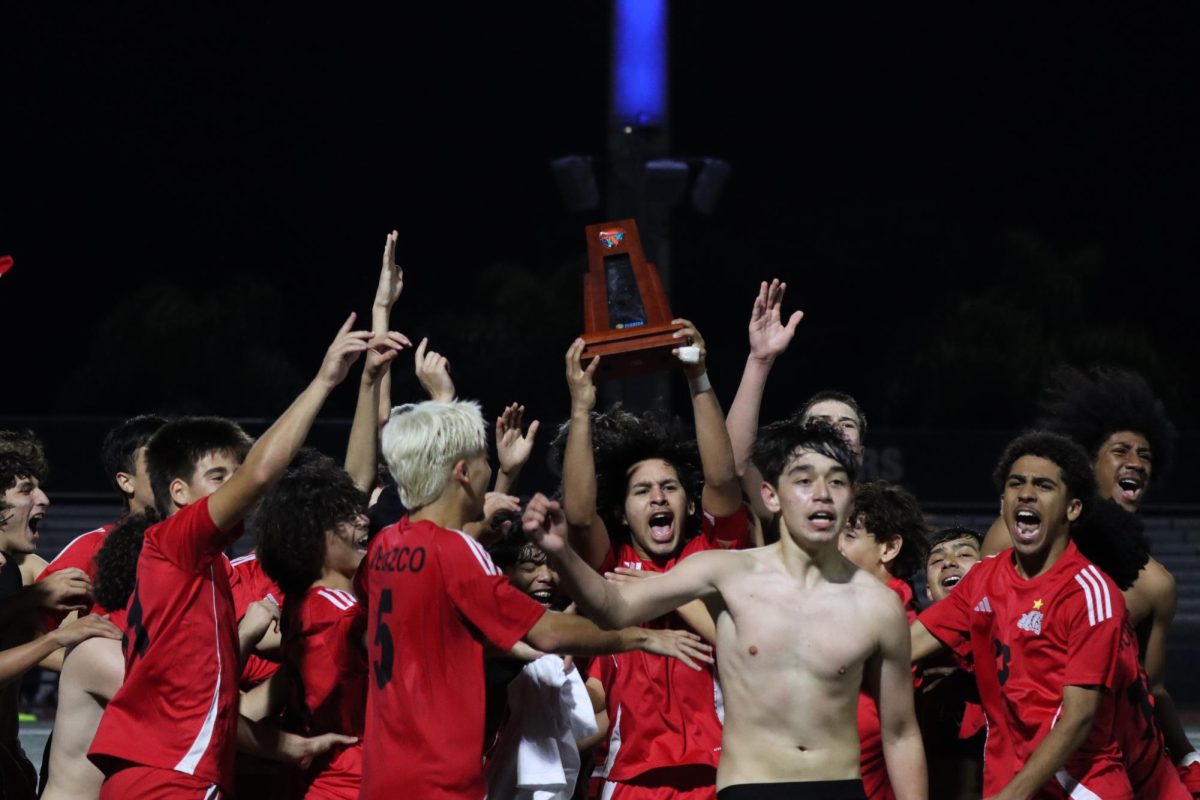Volunteering at a local animal shelter or a food bank. Attending a beach clean-up. Helping the homeless. Each one of these community service activities can help students reach the goal of 100 hours to earn a Bright Futures Scholarship. But, this year, the class of 2024 has another option.
In June 2022, the Florida House passed a bill, known as HB 461, that allows “student’s service requirements for award under Florida Bright Futures Scholarship Program to be paid rather than volunteer.” This means that students’ work hours now count towards their service hour requirements.
That’s great news for SBHS sophomore Ayla Kayan, who works around 13 hours per week lifeguarding at the YMCA and Broward Community Schools, on top of maintaining straight As and being a member of five clubs.
“Ever since I found out in 9th grade, I’ve been using them [work hours] and it’s really helped,” said SBHS sophomore Ayla Kayan.
Kayan is one of thousands of Florida students who will be able to use the hours they work at their jobs to count towards the service hour requirement for the Bright Futures Scholarship, which provides college tuition to high-achieving high school students attending a public Florida institution. Among the requirements is 100 volunteer hours for 100% tuition and 75 volunteer hours for 75% tuition.
“Bright Futures can help me put myself through college,” said the sophomore. “I don’t want to go into debt.”
However, for students in low socioeconomic backgrounds who work to support themselves or their families may struggle to qualify for Bright Futures. Although they may have the grades, for them, the service hour requirement is a big ask.
Veronica Bruns, the service hour coordinator at SBHS, thinks that the new change is beneficial for students who work and need the scholarship money.
“It’s fair for the students who have to have a job,” said Ms. Bruns “If they want to get a scholarship, but they don’t have the time to do volunteer hours they can use their work hours.”
But something this new rule doesn’t cover is the 40 service hour graduation requirement mandated by Broward County. Students cannot use their work hours to meet the 250 service hour requirement for a gold cord at graduation, as well.
“Work hours are only used for students that are trying to earn the Bright Futures scholarship,” said Ms. Bruns.
Additionally, work hours and volunteer hours cannot be combined to meet the Bright Futures requirement. A student must log either 100 work hours or 100 volunteer hours for a 100% scholarship. For a 75% scholarship, on the other hand, 100 work hours or 75 volunteer hours must be earned.
Teachers and club organizations around school often administer service hours for helping out in the classroom or donating to drives. Some teachers believe that this change to Bright Futures requirements will limit what students are willing to do around school.
“I think we will see a decline in volunteering, as students realize ‘oh, I can be paid and meet my requirements,’” said SBHS US History teacher Ryan Perez Rodrigues. “They [students] will be more inclined to get a job and less inclined to help their community.”
In order to submit work hours as service hours for Bright Futures, fill out this form and return it to the guidance office.


